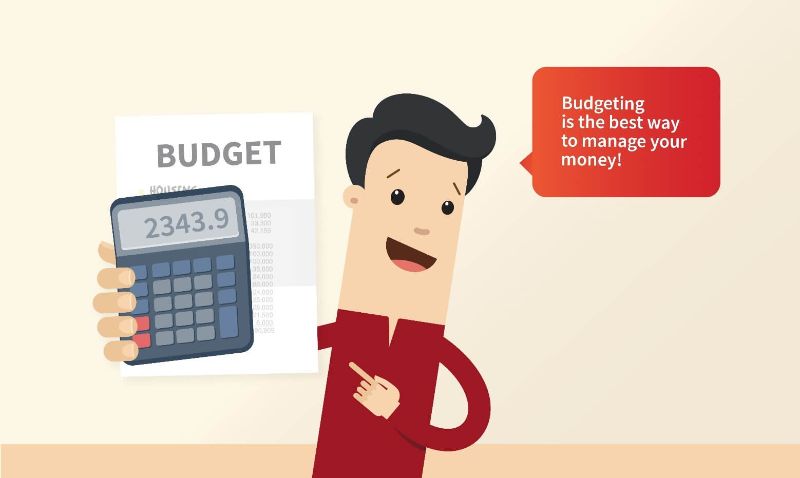India’s economy has undergone significant changes, and with it, consumer behaviour and credit attitudes have also evolved. Data reveals a substantial increase in India’s credit economy, with around 22 million people applying for credit opportunities each month. While credit can be a valuable tool for asset creation, it’s important to exercise caution and prevent falling into a cycle of debt. Hence, here are some practical steps to help you manage your loans better.
Ways To Manage Your Loan Better:
1. Prioritize Repayment of High-Interest Loans
Start by listing your debts based on their interest rates. Home loans or student loans typically have lower interest rates and offer tax benefits, while credit card debts and personal loans tend to have higher rates. It’s wise to focus on paying off the higher-interest loans first before addressing the ones with lower rates.
2. Increase Repayments as Your Income Rises
One effective strategy to accelerate loan repayment is to increase your equated monthly installment (EMI) with each income increment. For example, if you receive an 8% raise, consider raising your EMIs by 5%. Let’s consider a scenario where you have taken a personal loan for employees amounting to Rs 20 lakh at an 11% interest rate, with an EMI of Rs 20,644. By increasing the EMI by around Rs 1,000 every year, you can significantly reduce the loan tenure. Even a modest 5% increase in EMI can help you clear the loan in just 12 years, saving nearly Rs 12 lakh in interest.
3. Utilize Windfall Gains for Debt Repayment
When unexpected windfall gains come your way, resist the temptation to splurge on unnecessary expenses. Instead, consider using a portion or the entirety of these gains to repay your loans. In some cases, prepaying loans may not incur penalties. However, if a penalty applies, compare the interest savings resulting from prepayment with the penalty amount. Choose the option that helps you repay the loan and become debt-free at the earliest.
4. Leverage Existing Investments to Repay Debt
If your debt situation worsens, you can explore the idea of using your existing investments to improve it. Borrowing against life insurance policies or from the Public Provident Fund (PPF) can help pay off loans. The PPF allows investors to take a loan against their balance from the third financial year of investment, to be repaid within three years. The interest rate on this loan is typically 2% higher than the prevailing PPF interest rate. Using gold holdings as collateral or liquidating certain investments, such as fixed deposits, can also be considered. However, withdrawal from long-term investments like PPF or Provident Fund should be a last resort, as they are ideally meant for compounding growth.
5. Convert Credit Card Dues into Installments
Credit cards can be convenient but can lead to financial trouble if not used wisely. They often carry high-interest rates and can accumulate significant outstanding balances. If you find yourself unable to pay your credit card dues, many card companies offer the option to convert the outstanding amount into EMIs. This allows you to break down the debt into smaller, more manageable payments while benefiting from lower interest rates compared to late payments.
Final Thoughts
Understanding the art of smart borrowing is crucial for navigating loans with ease especially when in need of emergency funds. By considering factors such as interest rates, repayment terms, and your own financial situation, you can make informed decisions about borrowing money that align with your goals and needs. Remember to always compare different loan options and ask questions before committing to any agreement. Additionally, staying organized and keeping track of your loan details will help you stay on top of payments. So next time you find yourself in need of a loan, take the time to educate yourself and approach the process with confidence. You have the power to borrow wisely and achieve financial success.
Shikha Ahuja is part of the content marketing team at KreditBee – India’s fastest personal loan platform where professionals can easily avail of personal loans in just a few minutes when in need of quick funds. Shikha writes to create awareness amongst her readers on topics related to loans, personal finance, and budgeting. Being a part of the FinTech industry keeps her on her toes, but she keeps herself grounded through yoga and meditation, and loves to host game nights during the weekends.

